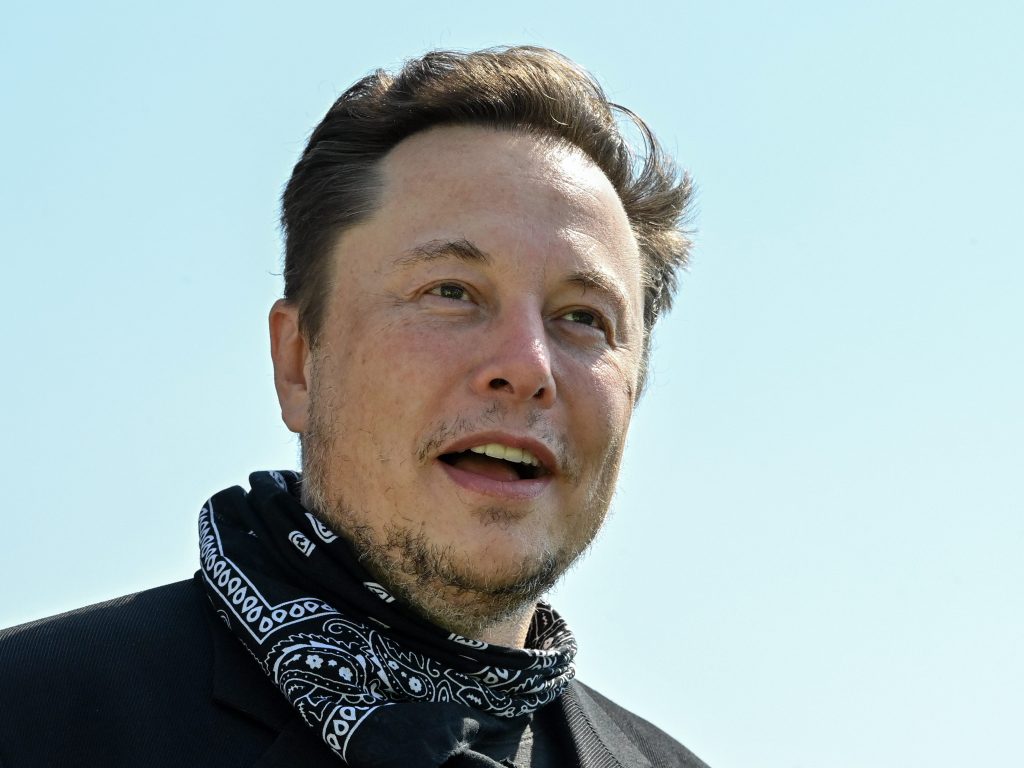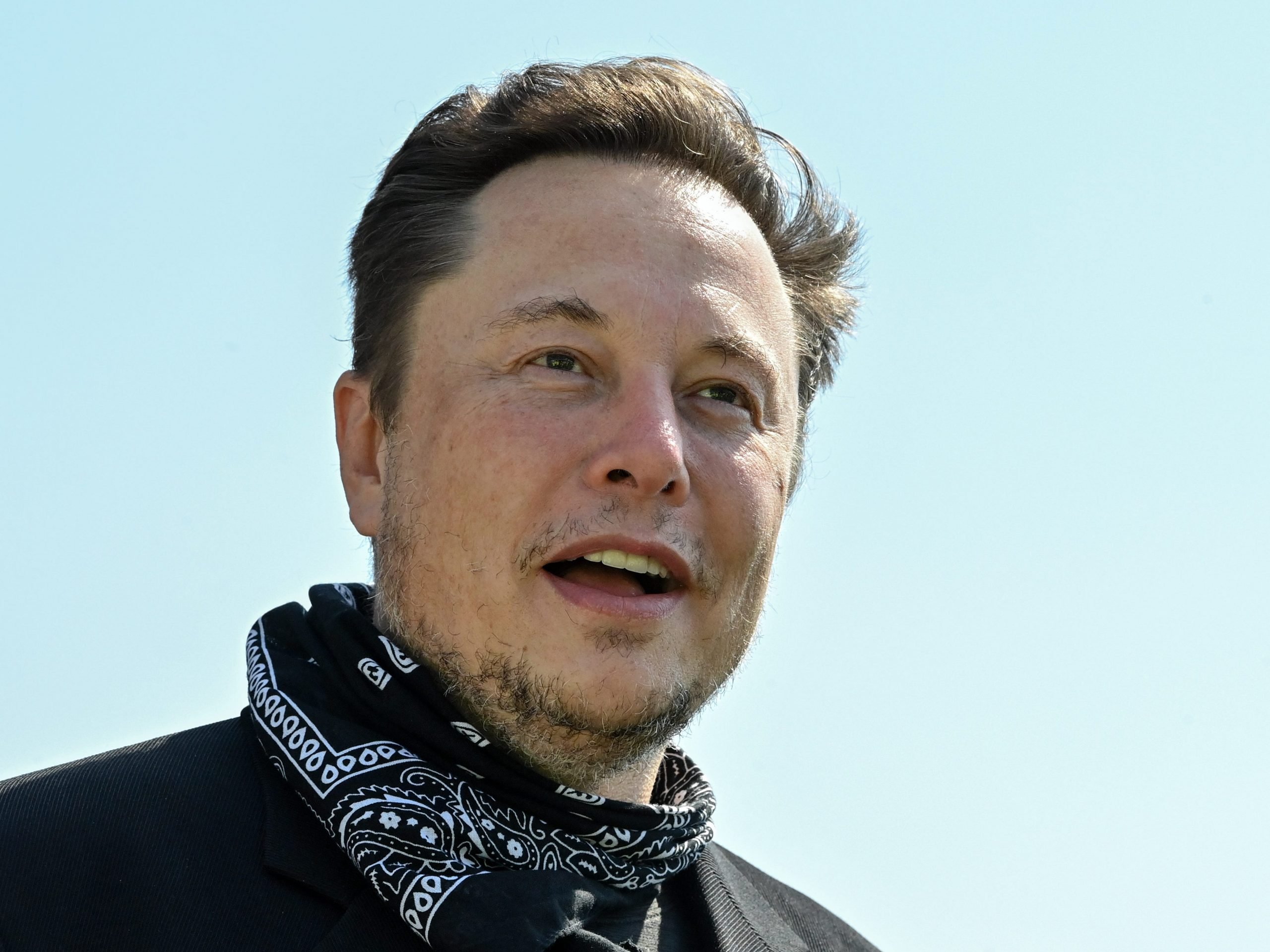
Patrick Pleul/picture alliance via Getty Images
- Tesla and SpaceX CEO Elon Musk doesn't shy away from a crisis.
- He's actively working to solve existential problems like climate change and traffic gridlock.
- He's also tried to solve immediate issues like ventilator shortages to varying degrees of success.
Elon Musk has courted controversy and made headlines for all the wrong reasons in the past, but he's also had some remarkable success in developing world-changing technology.
For all his bluster, attacks on journalists, and eccentric behavior, he is also working to solve some of humanity's most dire problems. Climate change? Musk's electric car company, Tesla, has made electric cars exciting. Traffic woes and all the negative health effects of congestion-caused pollution? Musk created The Boring Company to dig a network of tunnels to avoid gridlocked freeways. Colonizing other planets to save ourselves from extinction? SpaceX is working on it.
Beyond these moonshot initiatives, Musk has delivered real results. After Hurricane Maria knocked out power for millions of Puerto Rico's residents in 2017, Musk donated hundreds of solar-powered batteries to the island. And as the coronavirus began spreading worldwide, Tesla began working on ventilator parts and shipping medical devices to hospitals in need.
Now, he's challenging the UN's plea for $6 billion to help millions at risk of dying due to starvation – but said he may cash out Tesla shares to help.
Below, we check in on a few of humanity's problems Musk said he wants to solve.
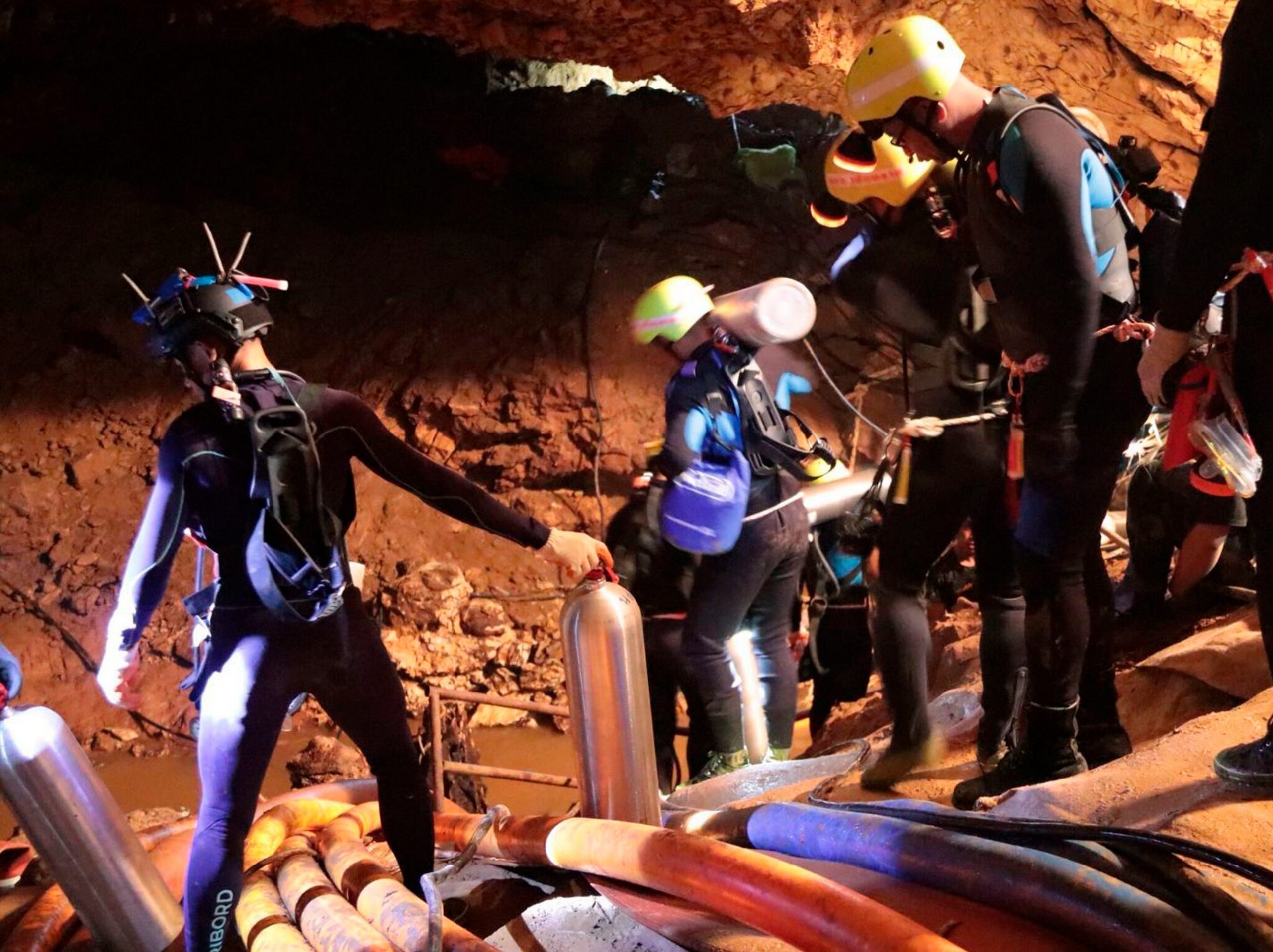
Royal Thai Navy via AP
The crisis: Rescuing Thailand's cave boys.
The fix: A "kid-size" submarine.
During the mission to save 12 boys and their soccer coach from a flooded cave in Thailand, Musk gathered engineers from Tesla, SpaceX, and the Boring Company to create a "kid-size" submarine using rocket parts.
The chief of the rescue mission said the device was not practical, and the rescue was completed successfully without Musk's device. A British diver involved in the rescue also called Musk's actions a "PR stunt" and said the submarine had no chance of working in this scenario. In response, Musk called the diver a "pedo guy" in a tweet, which has since been deleted.
In September 2018, the diver filed a defamation lawsuit against Musk in California, but Musk has since been cleared.
Still, a Thai military official said Musk's submarine could be useful for future missions, and engineers from SpaceX met with members of the Thai Navy to train them on using it. Musk tweeted that the engineers also received feedback from British divers about improving the technology.
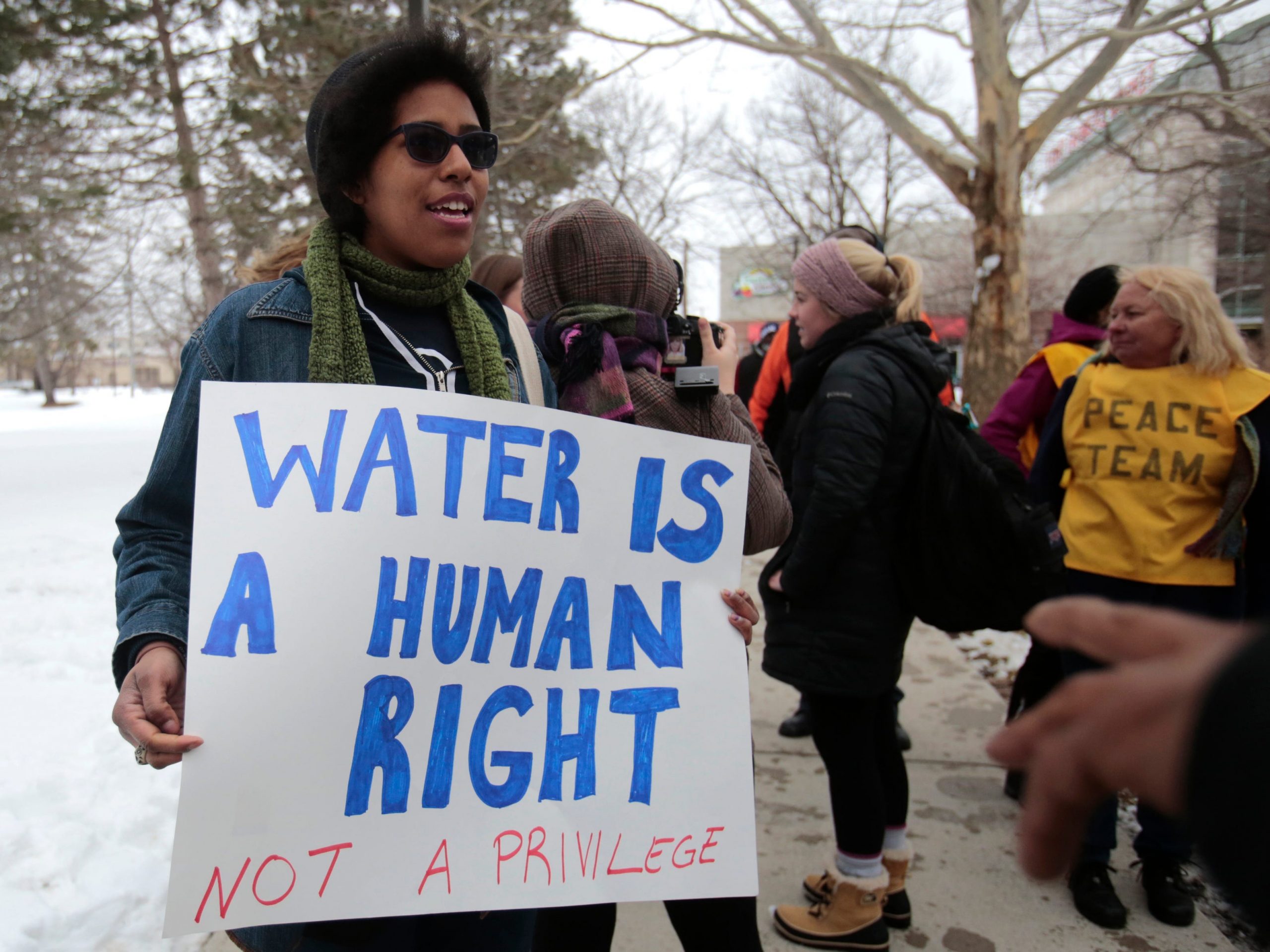
Rebecca Cook/Reuters
The crisis: Flint's lead-contaminated water.
The fix: Replacing pipes and adding water filters.
Flint, Michigan, continues to grapple with the effects of a water crisis in which dangerous levels of lead were detected after the state switched the city's water supply (from Lake Huron to the Flint River) in 2014. Residents who got sick reported experiencing skin lesions, depression, and memory loss.
The US Environmental Protection Agency says any water with lead levels above 15 parts per billion requires action to minimize exposure. In Flint, lead levels in some homes surpassed 4,000 ppb.
Lead levels fell to 12 ppb by the end of 2016, and officials say the water is now safe to drink. Some Flint residents remain skeptical.
Musk promised in July 2018 to fix the pipes in homes with water contamination "above FDA levels." He also tweeted that he would organize a weekend to add filters to houses in Flint and to "hopefully fix perception of those that are actually good."
In 2018, the Musk Foundation donated $424,000 for laptops for Flint middle schoolers, as well as more than $480,000 to install new filtration systems for water fountains in all Flint schools. In August 2019, Flint schools approved testing of the new filtration systems provided by Musk, and two years later, the school district said the filters were in the final stages of testing.
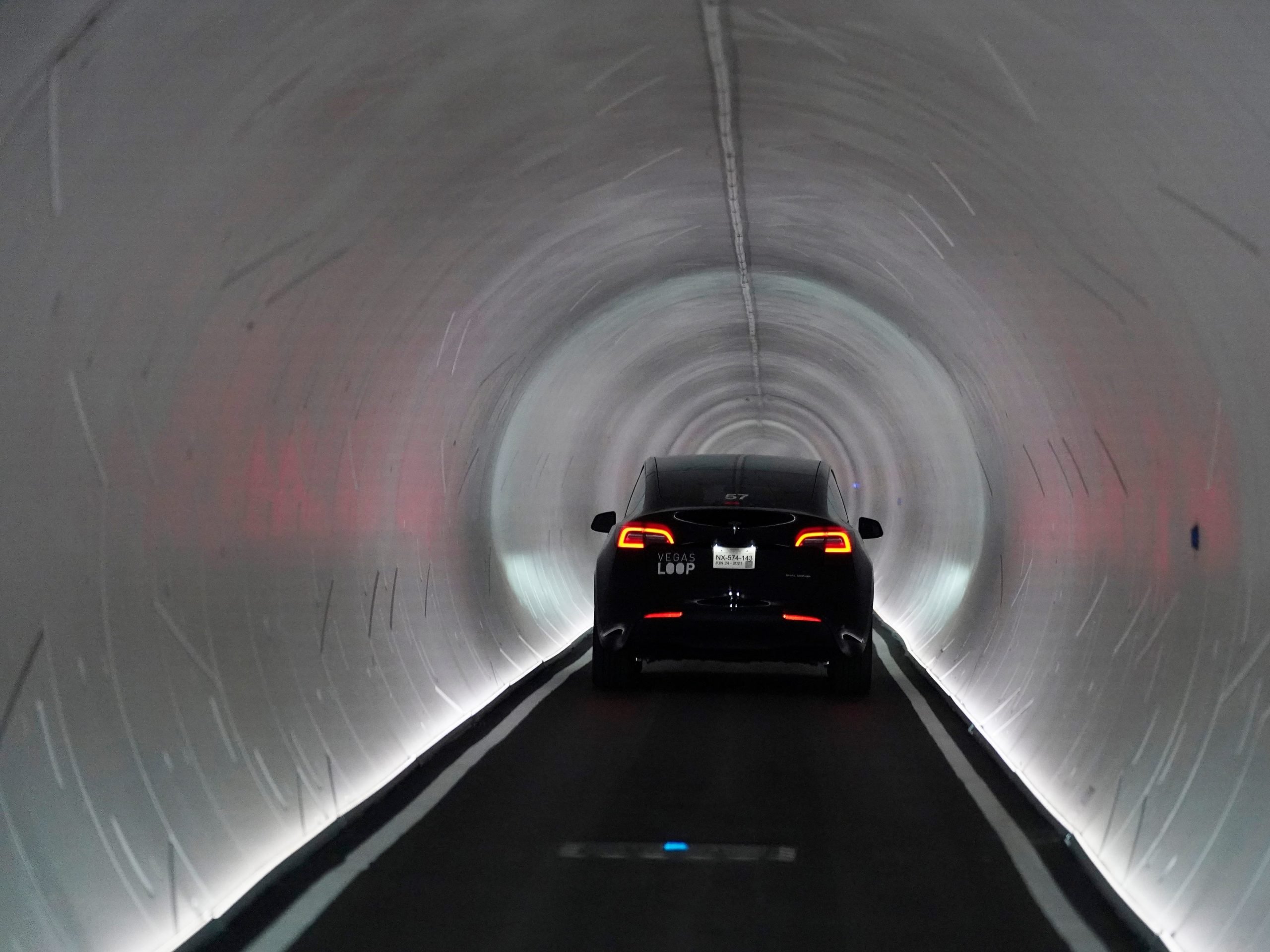
John Locher/AP Photo
The crisis: Traffic, and the negative health effects of gridlock.
The fix: An underground network of tunnels.
Like many of us, Musk hates sitting in traffic. His solution to traffic-clogged freeways? Digging a network of underground tunnels.
Traffic is more than just an annoyance. According to a 2014 study, the air pollution generated by traffic can lead to an increase in heart disease and stroke risk for those living near congested areas. Other studies have shown that people living near major roadways in congested cities have an increase in emergency room visits and mortality, among other health effects.
Through the Boring Company, Musk is seeking to connect dense urban locations via an underground "Loop" system that could carry autonomous vehicles up to 155 miles-per-hour, cutting travel times across the city, and reducing traffic-caused pollution in the process.
But it's been a slow-moving process for the company. Early plans to build tunnels in Los Angeles and Chicago fizzled out, and the first completed project in Las Vegas, a 1.7 mile loop that ferries people to the Las Vegas Convention Center, is "basically just Teslas in tunnels at this point," Musk has said.
Still, Musk has plans to build a tunnel in Fort Lauderdale, is reportedly in talks to expand in Texas, and recently gained approval from Nevada's Clark County to build a 29-mile network of tunnels underneath the Las Vegas Strip, the company's biggest project to date.
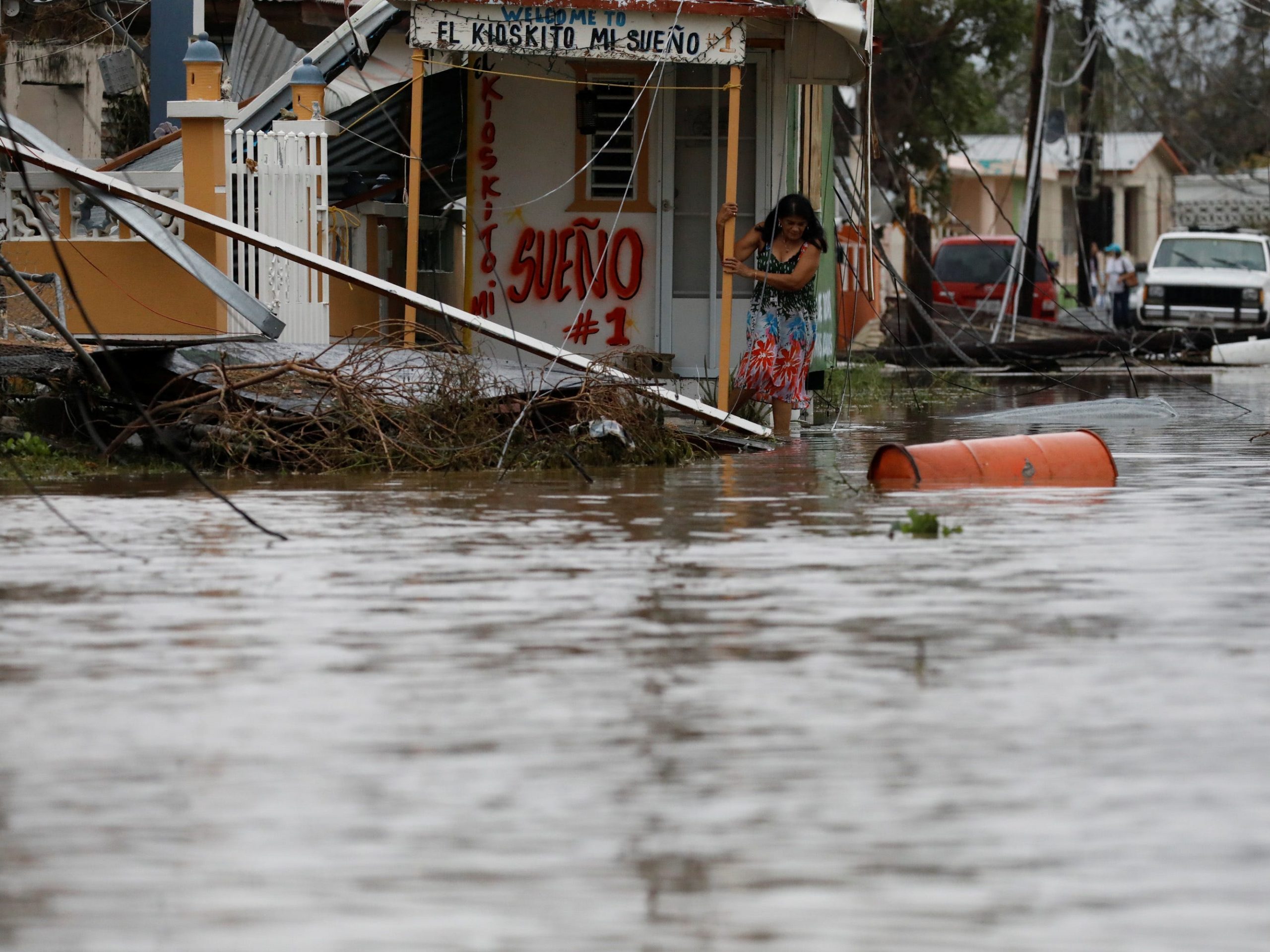
REUTERS/Carlos Garcia Rawlins
The crisis: Hurricane Maria's devastation in Puerto Rico.
The fix: Powerwall batteries.
After Hurricane Maria knocked out power for Puerto Rico's 3.5 million residents in September 2017 and left them without basic resources like running water, Tesla pledged to help install battery packs and repair solar panels on the island.
While the official death toll was 64, a study released in the New England Journal of Medicine in 2018 claimed that over 4,000 more people died in the three months after the hurricane, largely due to problems getting medical care or medicines. That total death toll is likely closer to 3,000, according to researchers at George Washington University.
Shortly after the hurricane, San Juan Mayor Carmen Cruz said that it could take up to six months to restore the electric grid, and Tesla sent hundreds of its Powerwall batteries to help residents in the interim.
During an island-wide blackout in April 2018, Musk tweeted that Tesla batteries were delivering power to 662 locations in Puerto Rico, and that employees were working to install hundreds more. Two months later, Musk tweeted that Tesla has "about 11,000 projects underway in Puerto Rico." But since then, much of the equipment delivered to Puerto Rico has fallen into disrepair, according to a May 2019 HuffPost report, which found home and businesses with solar panels using diesel generators instead.
Musk has successfully provided power to areas affected by natural disasters before. In 2010, Musk and what was then SolarCity donated a solar power system to a hurricane response center in the Gulf Coast village of Coden, Alabama. The project, built by SolarCity and funded by the Musk Foundation, provided residents with an alternate source of power in case of an outage.
The following year, the Musk Foundation donated $250,000 to build a solar power system in Soma, a city in Japan's Fukushima prefecture that was devastated by a tsunami.
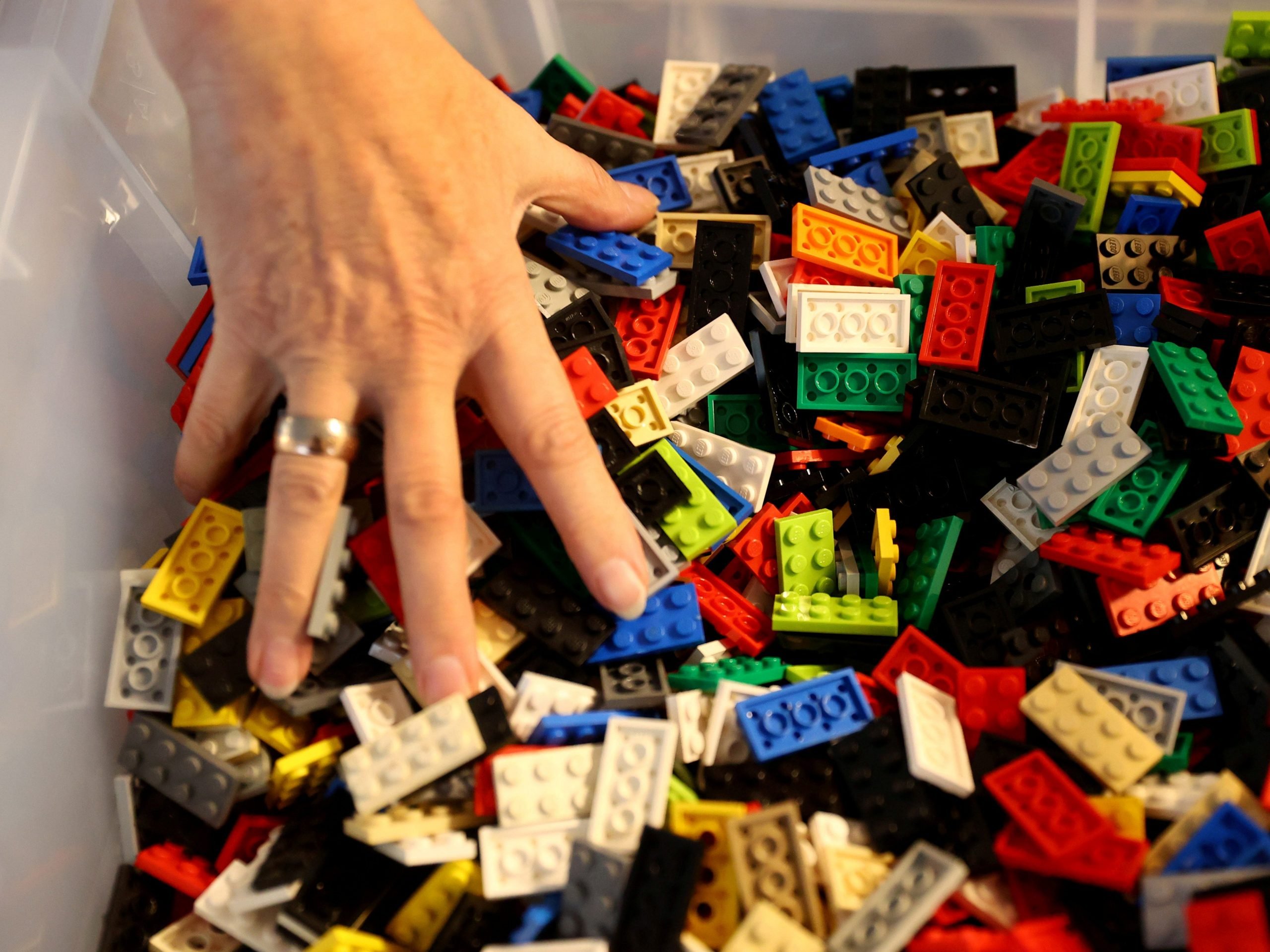
Reuters
The crisis: Affordable housing.
The fix: Lego-style bricks for building houses cheaply.
Construction crews from Musk's Boring Company, which launched in 2016, excavate through rock and soil to bore tunnels. In March 2018, Musk tweeted that he intends to use leftover earth from these projects to form interlocking, Lego-style bricks that can be used for building houses.
Musk reiterated this plan that May, saying the bricks will help create low-income housing. He wrote that "two people could build the outer walls of a small house in a day or so," but did not specify how much the bricks would cost. In July 2018, the Boring Company uploaded a video to Twitter showing the bricks being produced.
Musk and the Boring Company haven't provided an update on this idea in well over two years. Musk has filed permits to open the Brick Store where these bricks could be sold, and has said he plans to build a 50-foot watchtower out of the bricks at the company's headquarters. The company's website used to say the bricks could be used as pavers and are "great for patios!" but that information has since been removed.
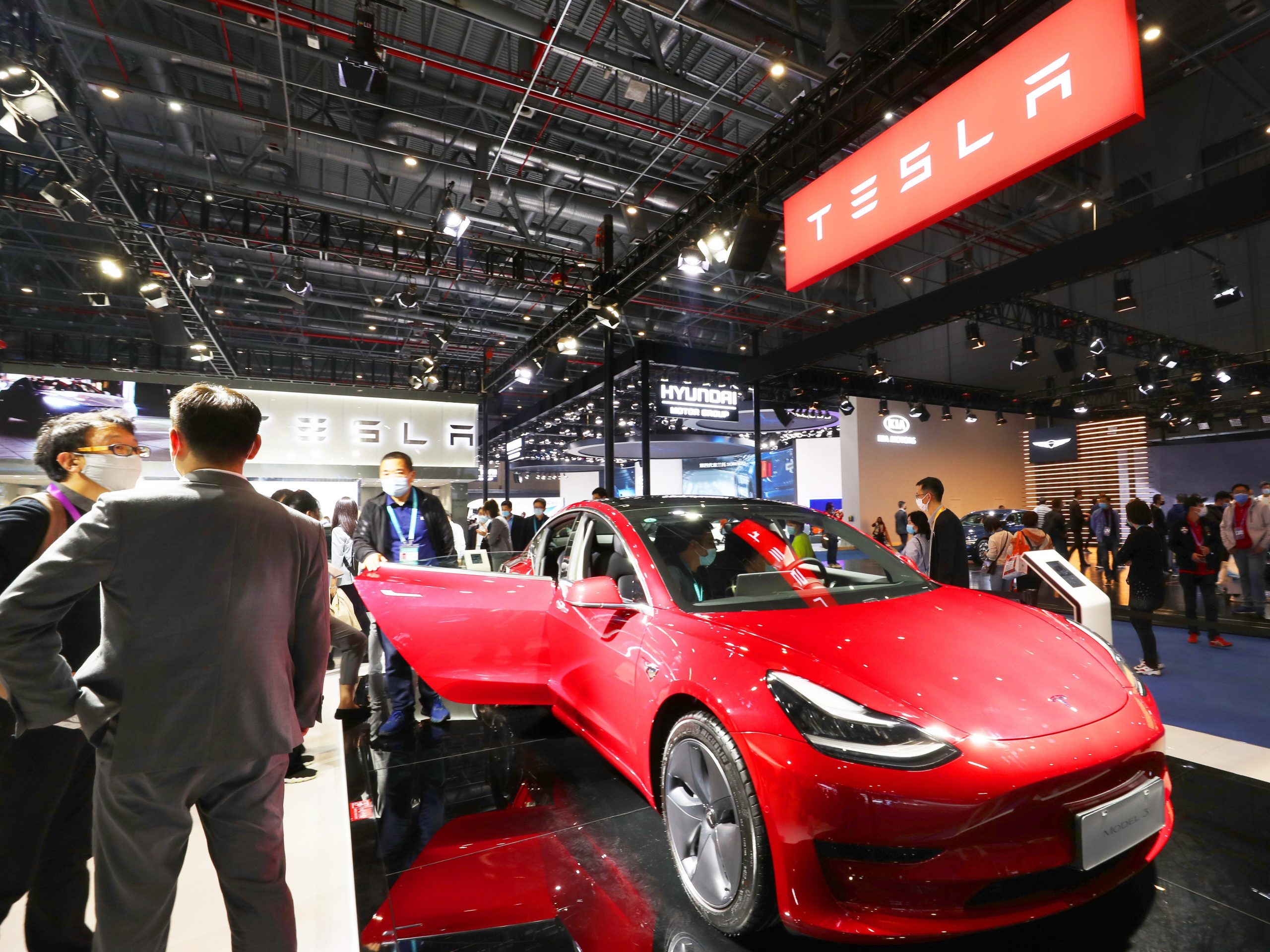
Feature China: Barcroft Media via Getty Images
The crisis: Climate change and weaning humanity off fossil fuels.
The fix: Electric cars and solar energy.
If there's a grand vision that unites Musk's seemingly disparate ambitions, it's solving the existential problem of climate change. Central to that problem is weaning humans off fossil fuels and moving the world to renewable forms of energy.
His electric car company, Tesla, produced the most profitable electric car ever sold in the Model 3. But the company's stock price is historically volatile (though that era appears to have come to an end), and Musk continues to make headlines for the wrong reasons.
Musk has also struggled with meeting the demands of both his consumers and investors at Tesla. He called building and delivering the Model 3 "production hell" as Tesla raced to produce enough to meet Musk's promises.
Beyond electric cars, a large component of Tesla's business is in solar energy, but that part of the business has seen its share of struggles as well.
Still, Musk has done more than perhaps any other recent entrepreneur to make electric cars mainstream in our collective imagination.
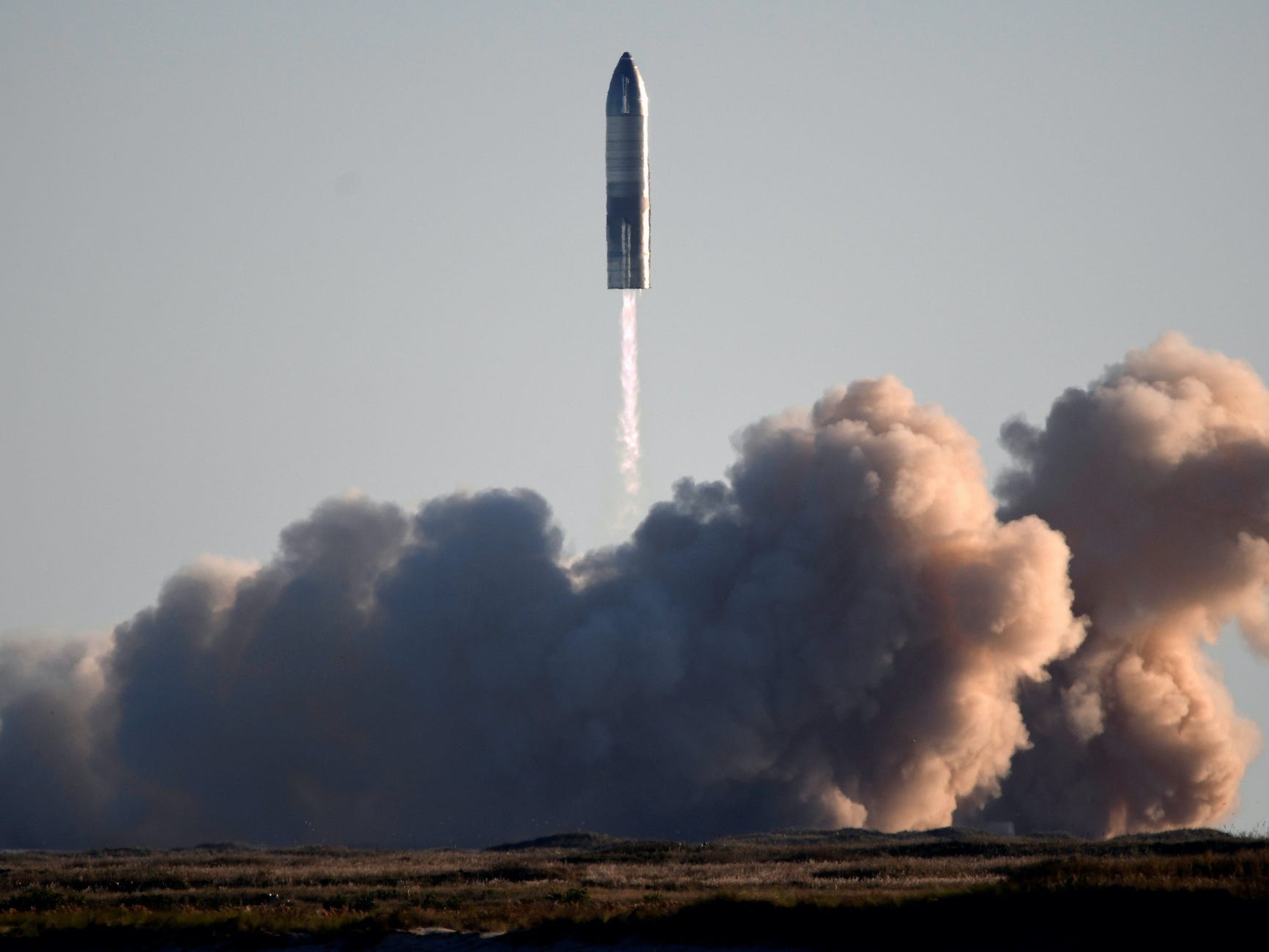
Gene Blevins/Reuters
The crisis: A mass-extinction event wiping out all life from Earth.
The fix: Colonizing Mars and becoming a multi-planetary species.
Musk's rocket company, SpaceX, has lofty goals. One of its chief ambitions, Musk said, is the colonization of Mars, ultimately pushing humanity to become a "multi-planetary" species.
In 2013, Musk expanded on his thinking around this: "Either we spread to other planets, or we risk going extinct," Musk said, per Futurism. "An extinction event is inevitable and we're increasingly doing ourselves in."
Musk has said he's planning to build 1,000 387-foot rocket ships, called Starships, for deep-space travel, with the goal of launching three of them every day. Musk originally said the company would send a cargo mission to Mars in 2022, but he's since bumped that estimation to 2024, with a crewed mission heading to Mars by 2026.
That said, we're still a long way from colonizing Mars. The technology to transform the dry, dusty Red Planet into a thriving Martian metropolis just doesn't exist yet.
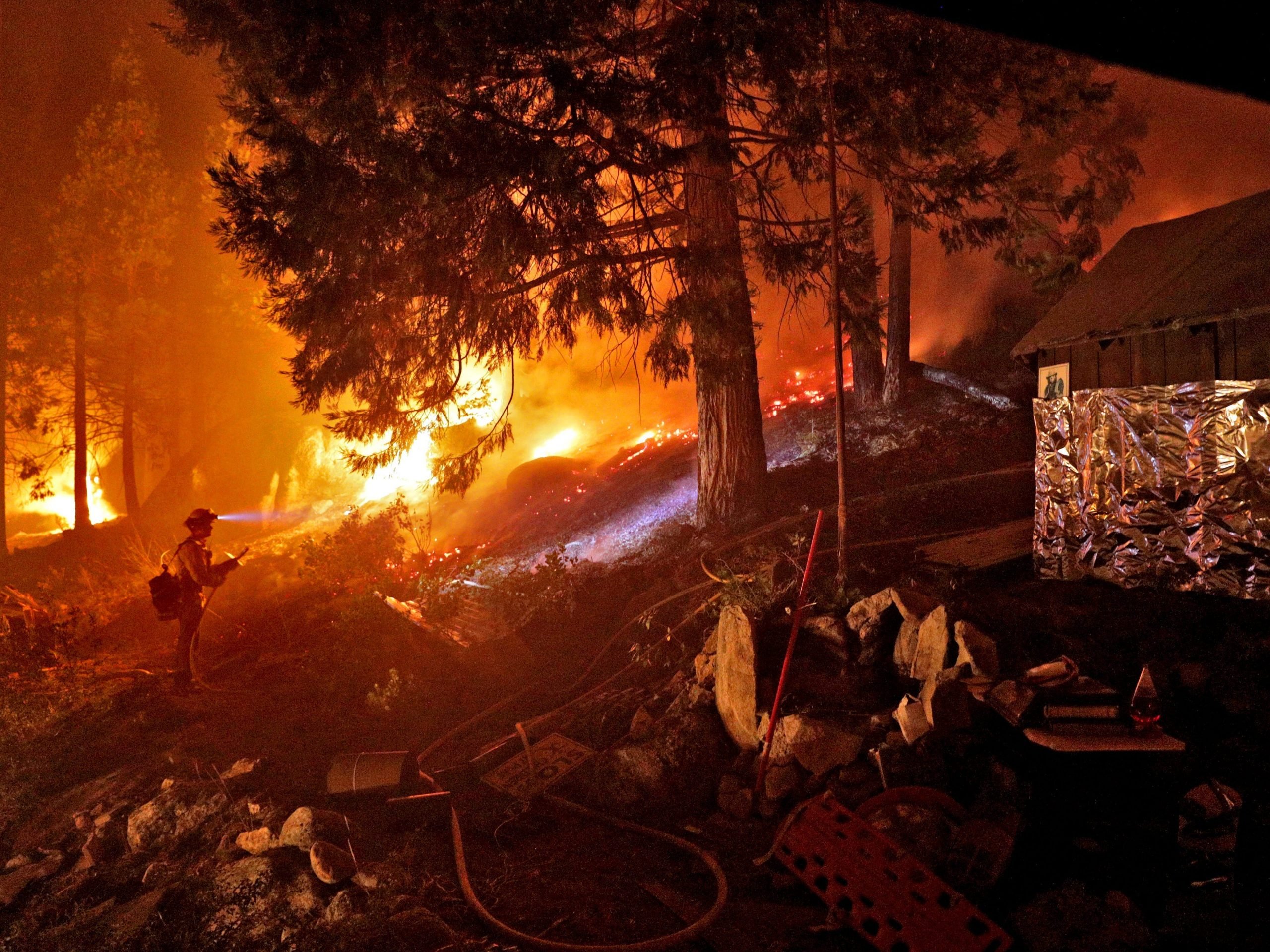
Carlos Avila Gonzalez/San Francisco Chronicle via Getty Images
The crisis: California wildfires.
The fix: Using Tesla products to help people in areas affected by fires.
Northern California's Camp Fire is considered the deadliest in the state's history. More than 153,000 acres were burned in the fire and 85 people died.
In the midst of the fire in 2018, Musk tweeted that Tesla cars have "hospital grade HEPA filters" and could help transport people in affected areas. Some Tesla owners praised Tesla's filters for helping them breathe more easily, but Musk was also criticized for inserting himself into another crisis, the Mercury News reported at the time.
When the fires raged again in 2019, causing power failures throughout California, Musk once again plugged Tesla's products.
"Order Tesla Solar + Powerwall battery for 24/7 clean power & no blackouts!" Musk tweeted in October. He included a link to Tesla's website. However, as the Washington Post noted at the time, Tesla's solar setup can keep a home running for only about a day or two during a blackout and costs tens of thousands of dollars.
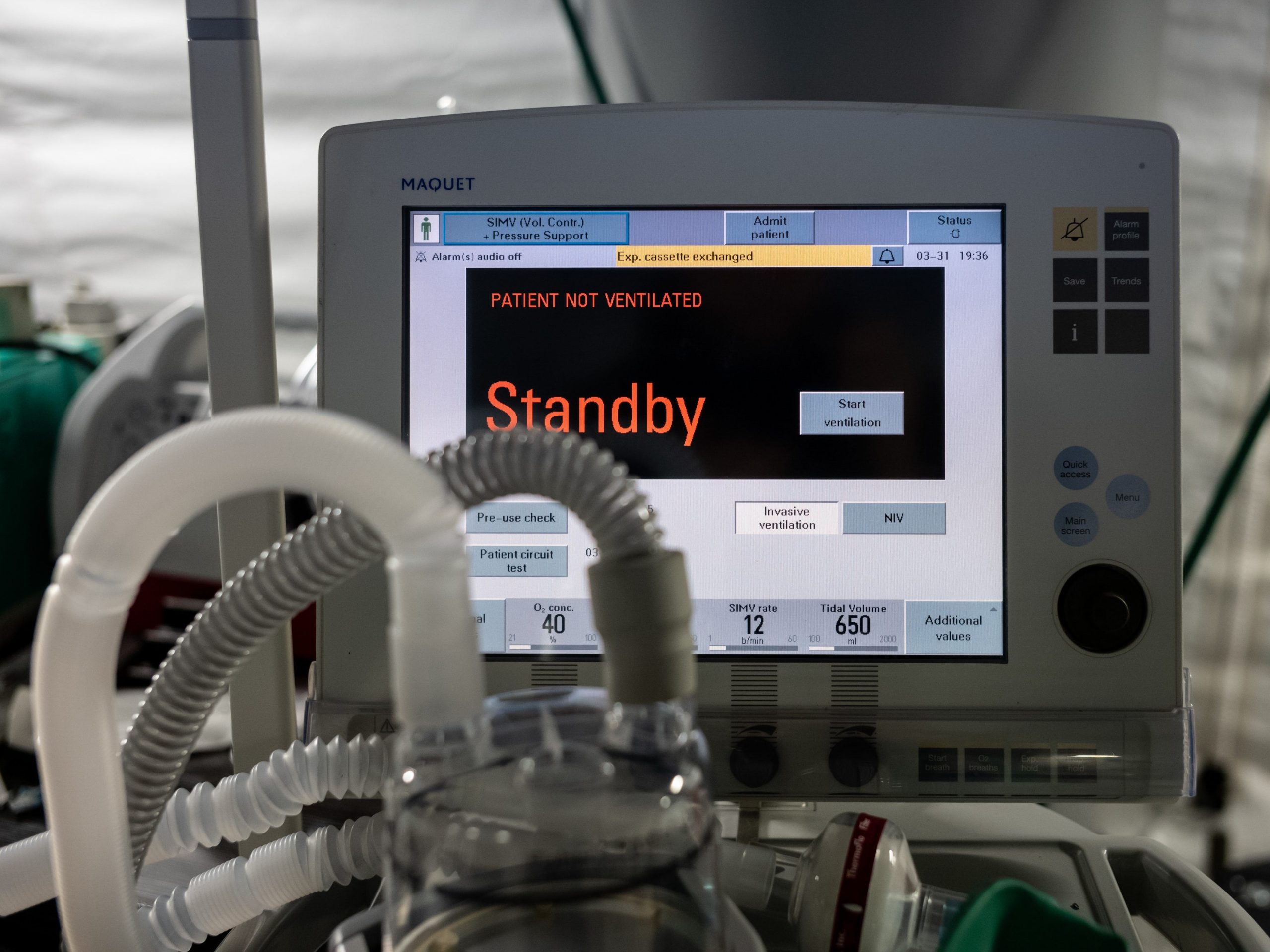
The crisis: Medical supply shortages related to the coronavirus.
The fix: Using Tesla factories to produce ventilators and shipping medical devices to hospitals in need.
In the early months of the pandemic, Musk was outspoken about the coronavirus on Twitter, positing medical advice and making unverified claims, such as the belief that children are "essentially immune" to COVID-19.
But he's also said that Tesla would work on solving the issue of ventilator shortages - the machines are critical for patients enduring the most extreme respiratory effects of the virus - by both building parts for new ventilators using SpaceX and Tesla's expertise, and procuring medical devices to distribute to hospitals.
But Musk's ventilator efforts were repeatedly called into question as critics questioned whether he was delivering the machines most needed to help COVID-19 patients, and whether he was even delivering the promised number of devices at all.
Meanwhile, Tesla engineers quickly got to work on building ventilators - other automakers like Ford and GM did the same and have since completed production - though it's unclear whether Tesla ever delivered finished ventilators.
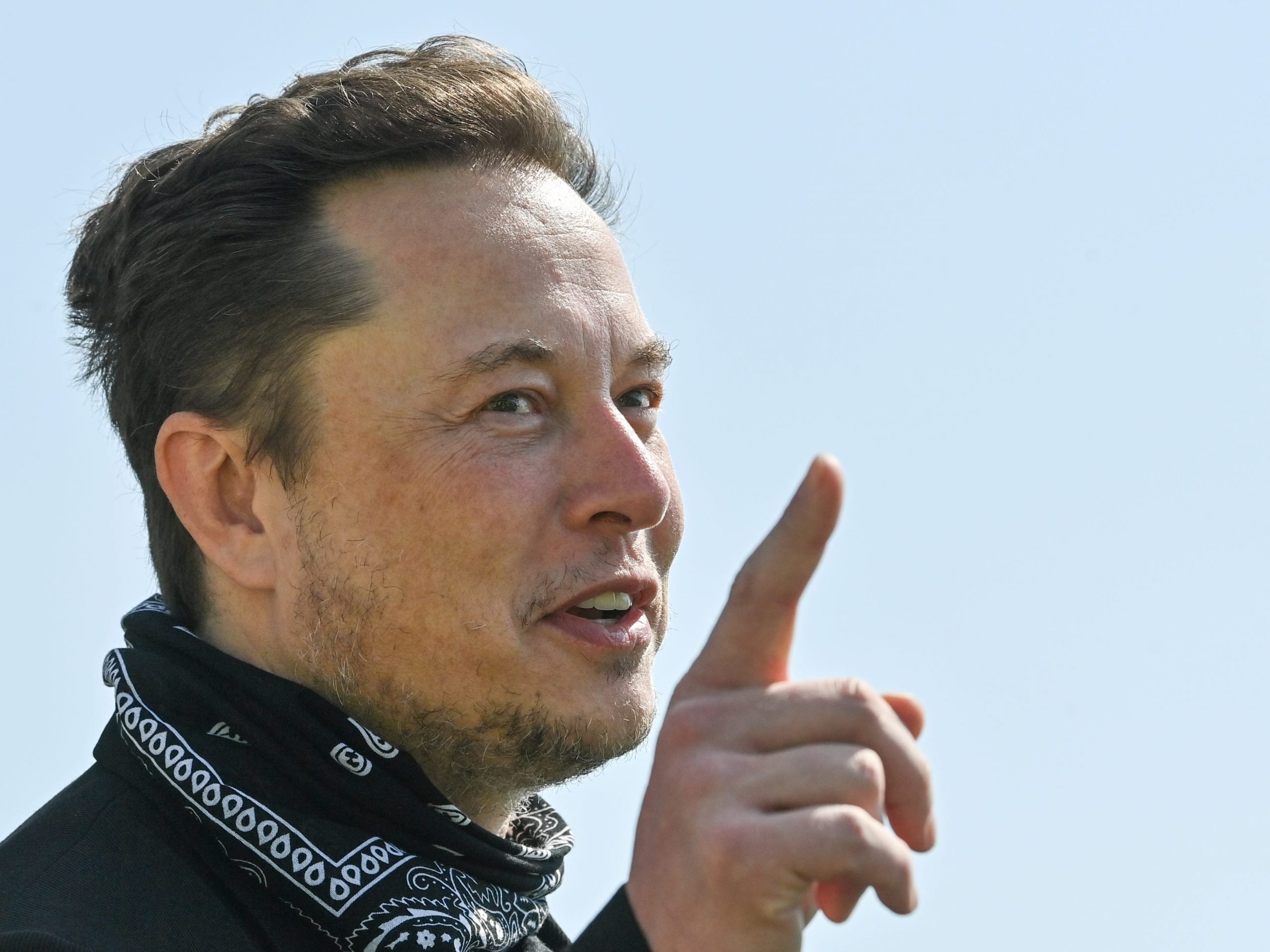
Patrick Pleul/Pool via Reuters
The crisis: 42 million people are on the brink of starvation.
The fix: Donating $6 billion in Tesla stock.
David Beasley, the executive director for the UN's World Food Programme, told CNN last month that "the billionaires need to step up now on a one-time basis" in order to help millions of people at risk of starvation.
But Musk was skeptical of Beasley's claim, tweeting that if the organization "can describe on this Twitter thread exactly how $6B will solve world hunger," he would sell Tesla stock in order to donate.
"But it must be open source accounting, so the public sees precisely how the money is spent," he added.
In response, Beasley said that Musk's team could "review and work with us to be totally confident" of the organization's accounting, and clarified that he didn't say a $6 billion donation would "solve world hunger," as Musk purported.
"This is a one-time donation to save 42 million lives during this unprecedented hunger crisis," Beasley tweeted.
It's unclear whether Musk plans to follow through on the donation.
Peter Kotecki contributed to an earlier version of this story.
